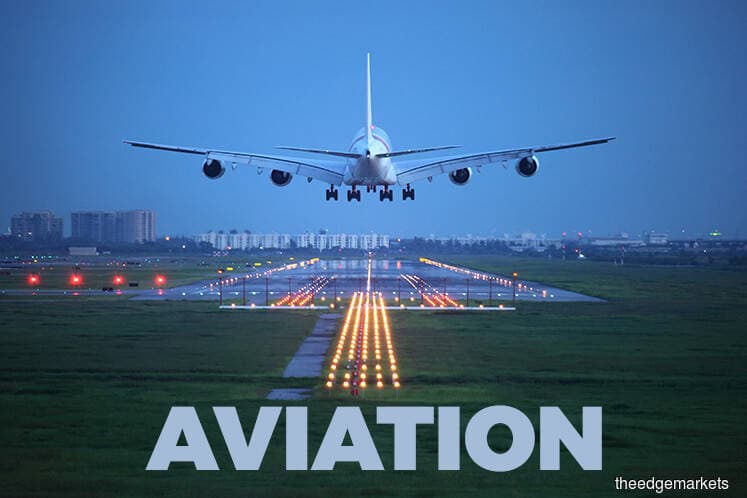
This article first appeared in The Edge Financial Daily on January 12, 2018
Aviation Sector
Maintain positive
As the traffic snapshot came in to conclude 2017 numbers, Malaysian Airlines Holdings Bhd (MAHB) saw its passenger movement move up by +7.8% year-on-year (y-o-y), accounting for a total of 127.9 million. In December alone, the airport operator recorded 9 million passengers, the highest since December 2016. The positive deviation was largely steered by international passengers, recorded at 59.7 million. This was an increase of +13.1% y-o-y in comparison to domestic traffic growth at +3.5% y-o-y. We view the upbeat demand for international air travels in 2017 to be primarily driven by visa relaxation for Chinese and India tourists.
Considering the visa-free programme to continue in 2018, we believe the international traffic numbers will again see contribution to traffic numbers by China, India and Southeast East Asia sectors. Recall that passengers from the aforementioned countries and region make up 75% of MAHB’s international traffic.
It is worth noting that the average load factor for the international sector hit an all-time high of 77%, despite international aircraft movements staging double-digit growth of +12.8%. Given these positive trend, we opine the demand for international sector will remain strong, providing additional head room for airlines companies to grow.
The improved load factors were mainly driven by the low cost carriers (LCCs) of AirAsia and AirAsia X (AAX), with both adding significant seat capacities, yet able to maintain load factors at above 80%. We believe LCCs such as AirAsia and AAX will continue to benefit from this trend, leveraging on its network of airlines operators in the Southeast region along with its low-cost business model.
We view the pent-up demand for international air travels will place AirAsia and AAX at a significant advantage over its competitors, given the companies’ aggressive expansionary initiatives in the regional and international routes coupled with its inventive strategies of driving cost lower.
Airlines will possibly face higher operating costs that will be driven by the rise of global crude oil prices in 2018. The International Air Transport Association expects Brent crude price to be around US$60 (RM239.40), while jet fuel price to be around US$74 a barrel in 2018. This translates into an average growth of +9.7% y-o-y since the beginning of 2017. However, we opine airlines are unlikely to impose a fuel surcharge due to the risk of affecting consumer sentiment. While we believe the upsurge in crude price to remain below US$100, we opine the impact will be largely absorbed by airline capacity expansion and better competitive environment. We will not be surprised to see average fares to trend higher following the suspension of routes and reduction in frequencies by certain airlines, signalling that there could be less irrational fare discounting in the industry.
Starting January this year, Kuala Lumpur International Airport 2 (klia2) should be charging higher passenger service charge (PSC) for international passengers amounting to RM73 (versus RM50 in 2017). This was followed by Malaysia Aviation Commission’s ruling of equalising the rate for international departures at all other Malaysian airports. While we observe this development to be positive on MAHB’s PSC collection, we noted that MAHB’s total throughput only comprised of less than 10% international passengers at klia2. This implies a lower number of affected passengers in comparison to PSC revision last year. We believe the absolute increment of RM23 would not leave any substantial impact on travel demand, considering that it only accounts for a small percentage of the overall travel expenses, especially for long-haul international destinations. — MIDF Research, Jan 11